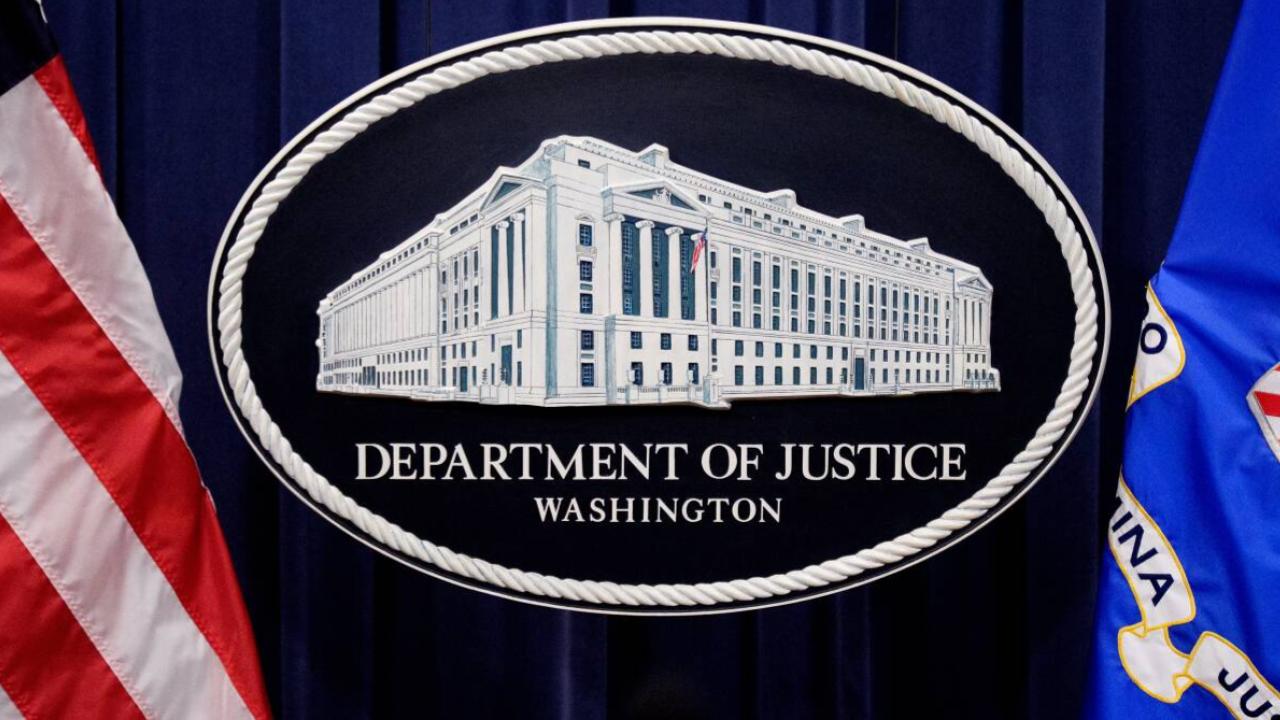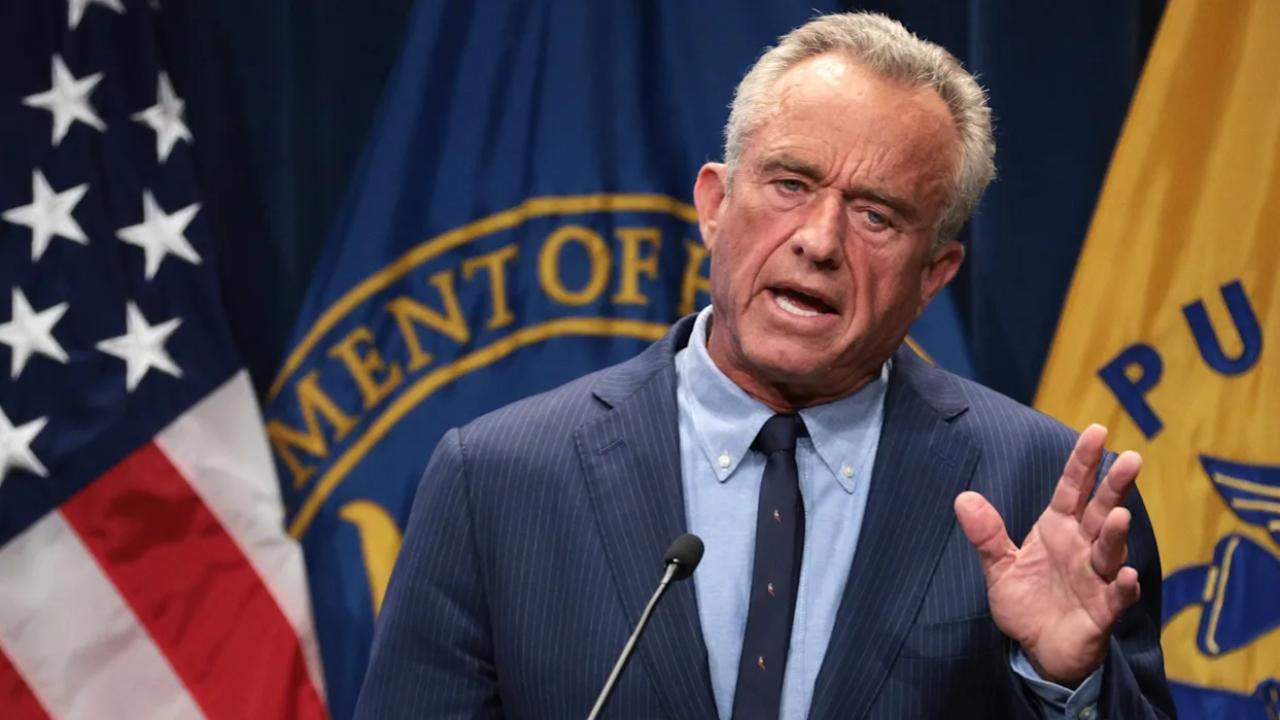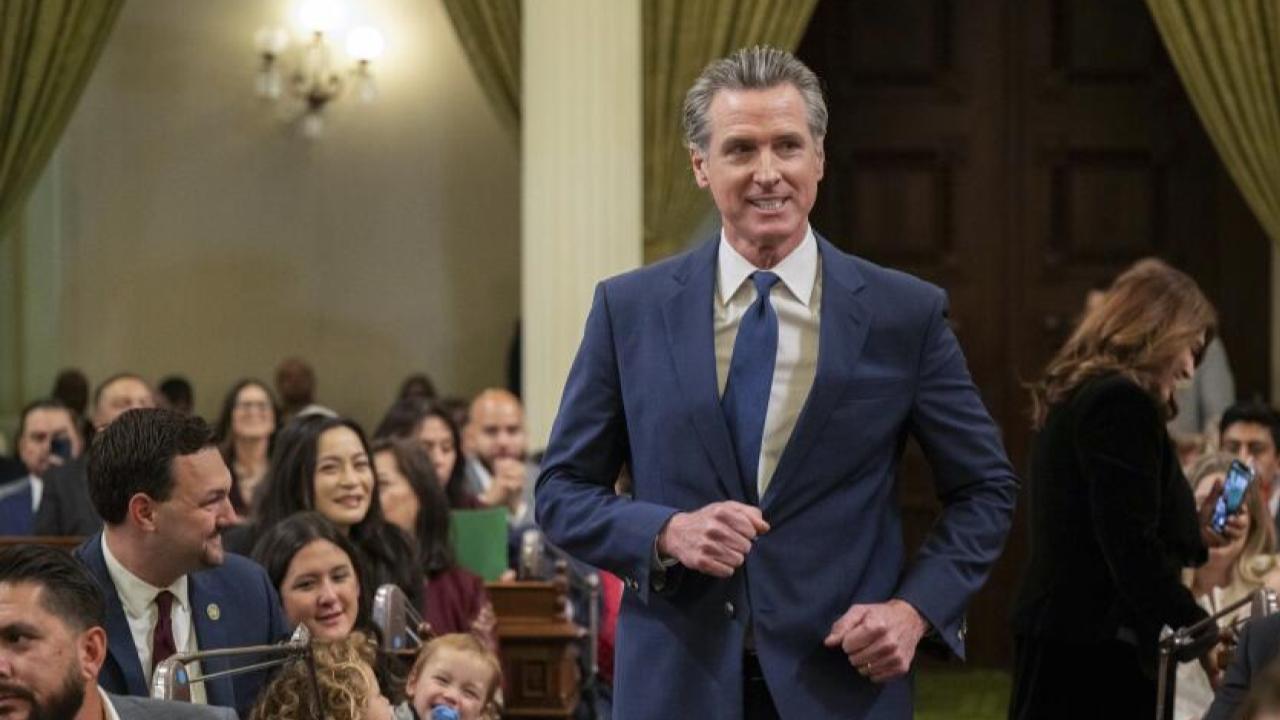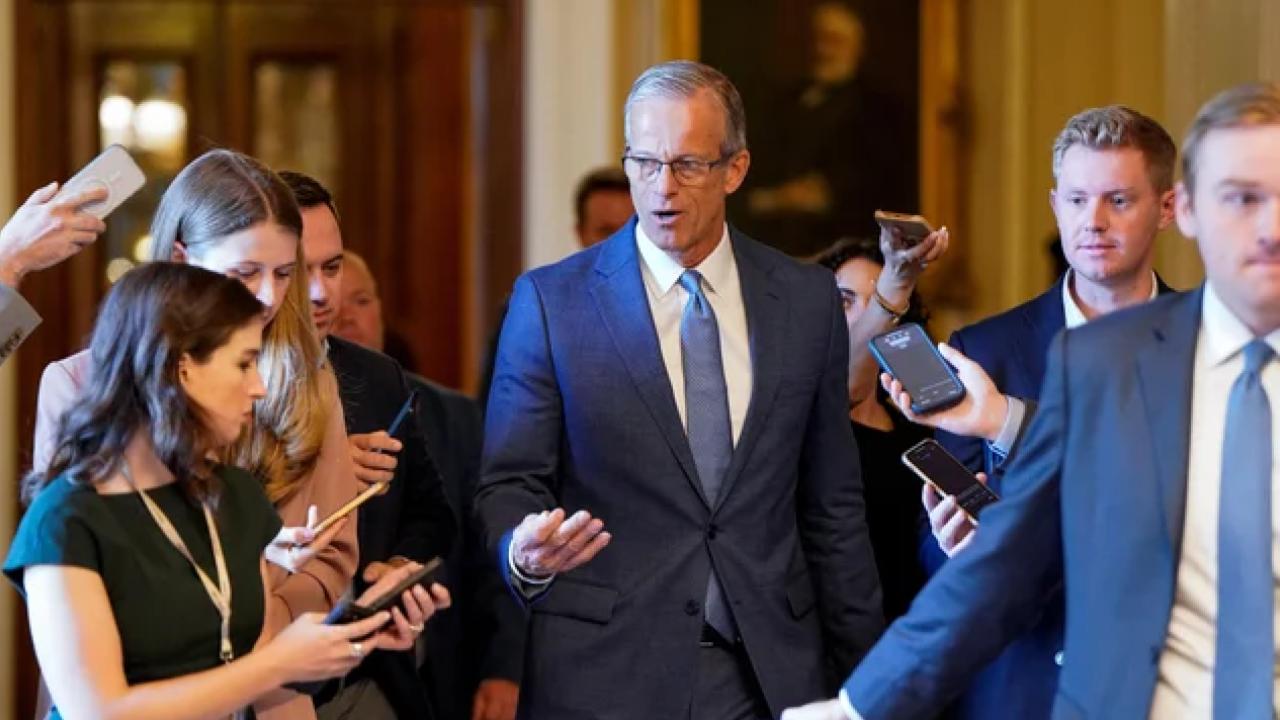The 2025 G7 summit in Kananaskis, Canada, didn’t just fizzle—it exploded. From bruising trade barbs to a presidential walkout and Middle East chaos, this year’s meeting of the world’s richest democracies pulled global tensions into full view. Here’s what happened, why it matters, and what could be next.
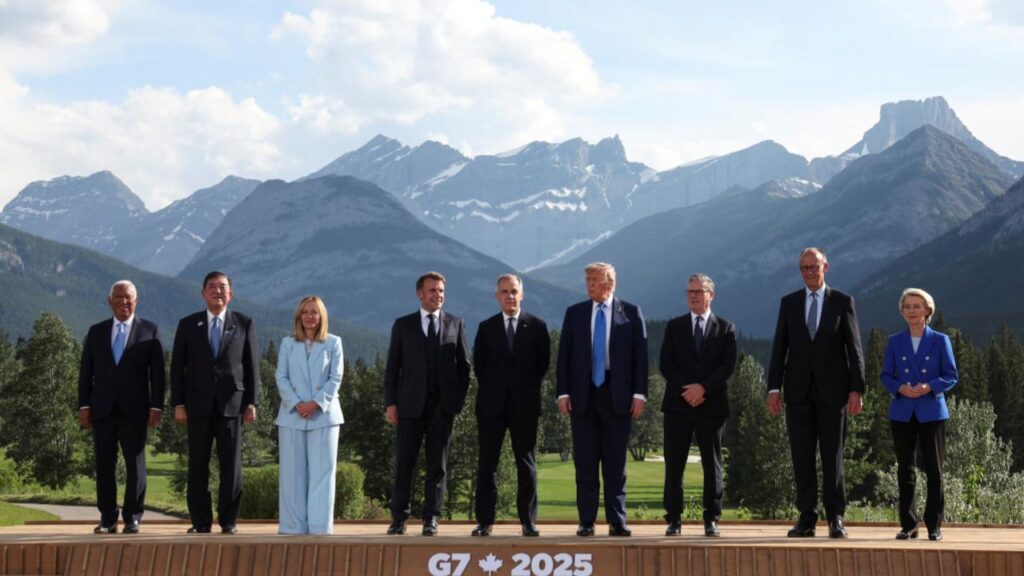
G7 Bombshells: Trade Turmoil, Surprise Walkout
| Takeaway | Stat & Source |
|---|---|
| Trump shocks allies with tariffs | 50% on steel and aluminum, 25% on autos |
| Middle East escalation | Oil surged 4.5% after Israel-Iran conflict flared |
| U.S. walks out | Trump skipped final session, rejected ceasefire statement |
The G7’s 2025 edition in Kananaskis might go down as the most divisive since the Cold War era. As trade tensions rise and the Middle East boils over, the summit’s real message is this: global cooperation is hanging by a thread.
America First—Again
At the summit’s opening, President Trump doubled down on his signature economic nationalism:
- Tariffs returned: The U.S. slapped new tariffs on steel, aluminum, autos, and threatened pharmaceutical imports—moves that rattled Europe and Japan.
- A U.K. pivot: Trump and British PM Keir Starmer floated a bilateral trade agreement, signaling a post-Brexit realignment.
- Markets twitch: Wall Street turned cautious, while oil and bond markets began pricing in geopolitical risk.
I’ve covered global economic forums for more than a decade. This one felt like the 2018 G7 summit in Quebec—only more combative, and more consequential.
A Presidential Walkout
In a jaw-dropping moment, Trump left the summit a full day early, citing urgent national security concerns. “The situation in the Middle East is serious. I need to be in Washington,” Trump told reporters, declining to take questions.
Behind the scenes, aides confirmed escalating Israel-Iran hostilities prompted the move. The U.S. president also refused to sign a joint G7 ceasefire statement—leaving other leaders scrambling to maintain diplomatic coherence.
French President Emmanuel Macron and German Chancellor Olaf Scholz reportedly made last-minute appeals to keep the U.S. on board, but left disappointed.
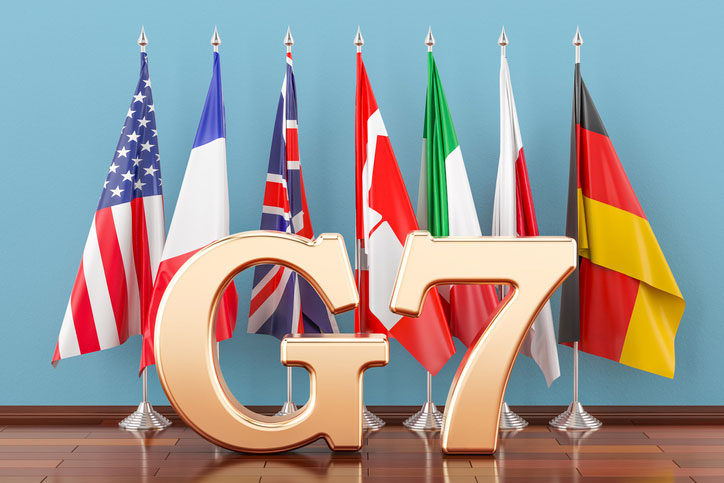
Mideast Mayhem
Even as G7 leaders met in the calm of Alberta’s mountains, violence erupted overseas:
- Israel launched pre-emptive airstrikes on suspected Iranian nuclear facilities.
- Iran retaliated with drone swarms and missile strikes that killed civilians and military personnel.
- G7 (minus U.S.) condemned Iran, while backing Israel’s right to self-defense.
Trump, though supportive of Israel, signaled no desire for direct U.S. military engagement. His team instead coordinated potential evacuations from Tehran and reinforced its naval presence in the region.
This isn’t just political chess. With tensions this high, a single miscalculation could trigger a regional war. Having seen similar flare-ups from the ground during my 2019 coverage in the Gulf, the risks are real.
The G6 Aftershock
With Trump out, the remaining six leaders huddled to salvage unity:
- Support for Ukraine held firm, with renewed pledges for military aid and reconstruction funding.
- Climate and minerals: Canada led the push for critical minerals alliances, though progress slowed without U.S. commitment.
- Trump’s “invite Russia” suggestion backfired spectacularly, drawing sharp European rebuke.
The final communique—traditionally a symbol of unity—was released without the U.S. signature. Critics were quick to dub this “the G6 summit,” a throwback to Cold War-style bloc politics.
What Happens Next?
Here’s what to watch in the days ahead:
- Tariff retaliation? The EU and Japan are already exploring countermeasures, including WTO challenges and reciprocal tariffs.
- Middle East spiral: Any new strike or assassination could force U.S. involvement, especially if regional oil routes are threatened.
- G7 credibility: With the U.S. veering off-script, Canada and the EU might lead the charge for a more independent multilateral platform.
FAQs
Why did Trump leave early?
The White House said Israel-Iran tensions required the president’s immediate attention in Washington.
What was the U.S. stance on Israel-Iran?
Supportive of Israel’s right to defend itself, but Trump stopped short of promising direct U.S. military action.
Did the G7 produce a joint statement?
Yes—but without U.S. endorsement. It focused on condemning Iran, supporting Ukraine, and promoting economic resilience.

